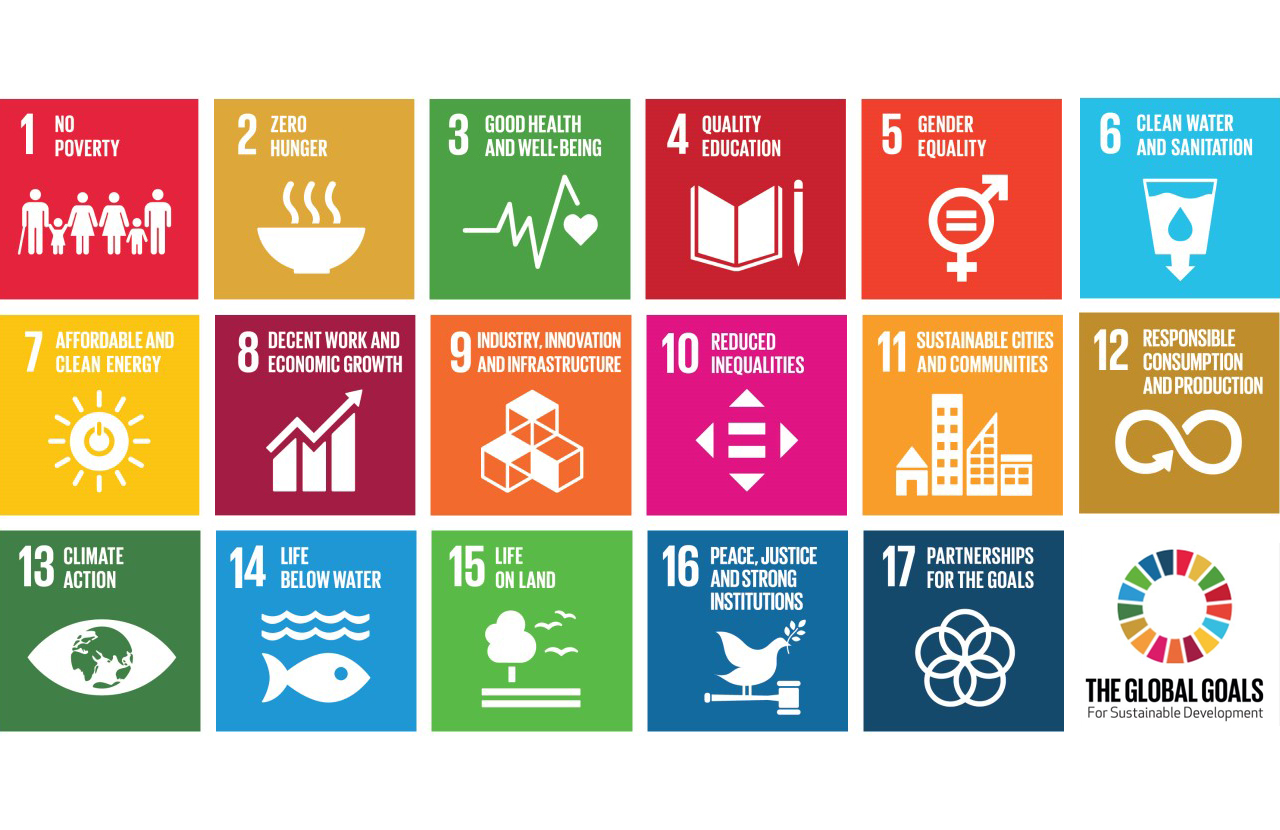Virtual Training on SDG indicators 2.3.1 and 2.3.2, Bangladesh Bureau of Statistics (BBS)
Virtual Event, 17/10/2021 - 30/08/2021

Following a request from the Government of Bangladesh, FAO organized a Virtual training on SDG indicators 2.3.1 and 2.3.2 that took place from 17 to 20 August 2021. The objective was to build capacity of the national staff on the methodology, data collection tools and reporting mechanism of SDG indicators 2.3.1. and 2.3.2.
The Sustainable Development Goals (SDG) were adopted at the United Nations Summit in September 2015: Transforming our World, the 2030 Agenda for Sustainable Development. A list of 17 SDGs was adopted, including SDG 2: Ending Hunger achieve Food Security and improved nutrition and promote sustainable agriculture. This Goal was broken down into 8 targets, including target 2.3: Double agriculture productivity and Income of small scale food producers. FAO is the custodian agency of 21 indicators, including indicators 2.3.1 and 2.3.2.
In 2018, indicators 2.3.1 and 2.3.2 have been reclassified as Tier II, which means that they now have an internationally recognized methodology and are ready for data collection, computation and reporting. As for the other Tier II indicators, FAO is working closely with its member states to develop their capacity on data collection and monitoring, for SDG 2.3.1 and 2.3.2.
Given the context of COVID-19 pandemic and resulting restrictions on international travels, the delivery method of FAO capacity development activities planned to support countries on the methodology and data collection of Tier II SDG indicators had to be adapted to the new context. Traditional methods based on Face to Face trainings had to be replaced by Virtual ones.
Objectives of the training
The objectives of this virtual training were to:
- Build capacity of the national staff in Bangladesh on SDG indicators 2.3.1 and 2.3.2 methodology, compilation and interpretation;
- Introduce the tools for data collection (including an overview of possible data sources);
- Discuss available micro data useful to compute and report on indicators 2.3.1 and 2.3.2 including their disaggregation at required levels;
- Identify the existing data gaps and discuss country plans to fill the gap in the short/medium/long term.
Outputs
The virtual trainings should help participants in evaluating the availability of micro data needed to compute indicator 2.3.1 and 2.3.2, understanding its measurement challenges and what could be an effective data collection and reporting mechanism. Particularly, the following outputs are expected from the virtual trainings:
- 37 staff trained on the methodology and tools for SDG indicator 2.3.1 and 2.3.2, so that its adoption at the country level and its reporting to FAO can be supported;
- Brief action plan summarizing the current situation of data availability to compute indicators 2.3.1 and 2.3.2 and how to fill the remaining data gaps.
